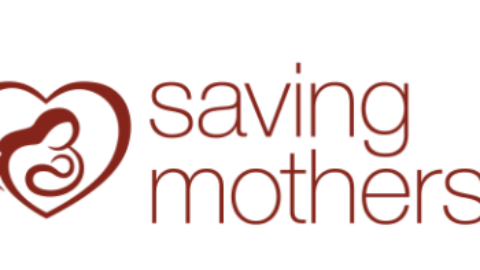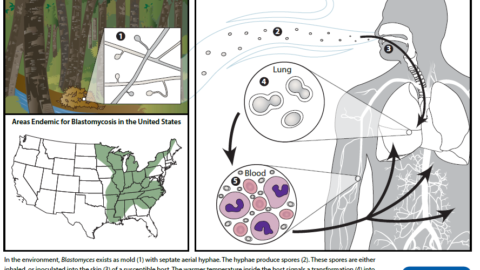Introduction
The need for knowledge and awareness of how culture affects our quality of health care arises from the increasing diverse patient population and healthcare disparities. Illness has been defined as a relationship between culture and biology. Health care provider cultural competency has been identified as an important component of effective care and decreasing disparities.
One useful approach to understanding cultural competence is summarized by ‘A Crash Course in Cultural Competence’ with the suitable mnemonic CRASH. To begin, we should have a common definition of Culture which is defined by the California endowment as the integrated pattern of learned core beliefs, norms, behaviors and customs shared by a group of people including both visible and nonvisible aspects of culture. Respect is not only being tolerant of respecting differences in the abstract but rather is actively acknowledging that each patient has the right to respect of in the way the individual perceives as respectful. Studies have shown that most patients regardless of ethnicity think that health professionals do not respect them.
Assessing and taking a cultural history directly from the patient is preferred instead of relying on assumptions. Affirmation is to recognize each individual’s expertise on their own experience. Sensitivity is to develop an awareness of specific values, beliefs, and perceptions within cultures that may affect a patient’s healthcare decisions. Finally, as healthcare providers we must show Humility by realizing our potential biases and be quick to apologize or accept responsibility for unintentional cultural mistakes.
This guideline intends to serve as an aid to create a greater understanding of holistic care as we approach each visit with our diverse patients including Hispanics, African Americans, South Asians, East Asians and Middle Easterners. The information provided includes the population definitions, useful greetings, points on etiquette during a patient encounter, common beliefs and traditional remedies, and leading causes of death and disparities to be mindful of. The presented information provides general guidance and cannot apply to all individuals of the stated ethnic group.
You can download the document in PDF format below.









